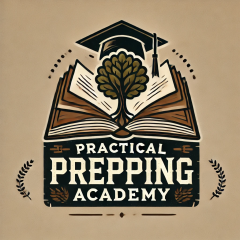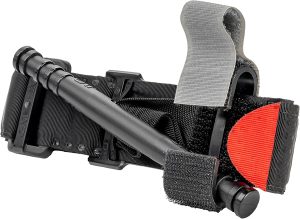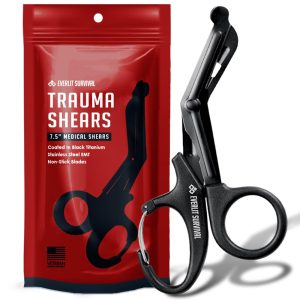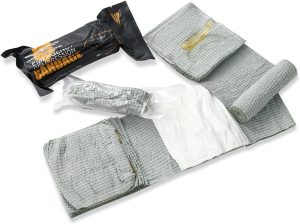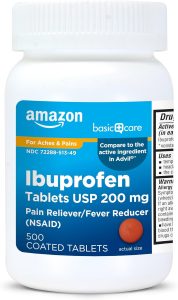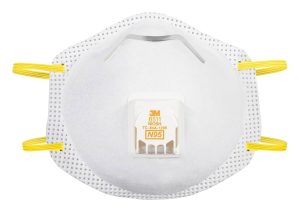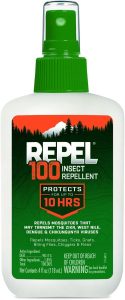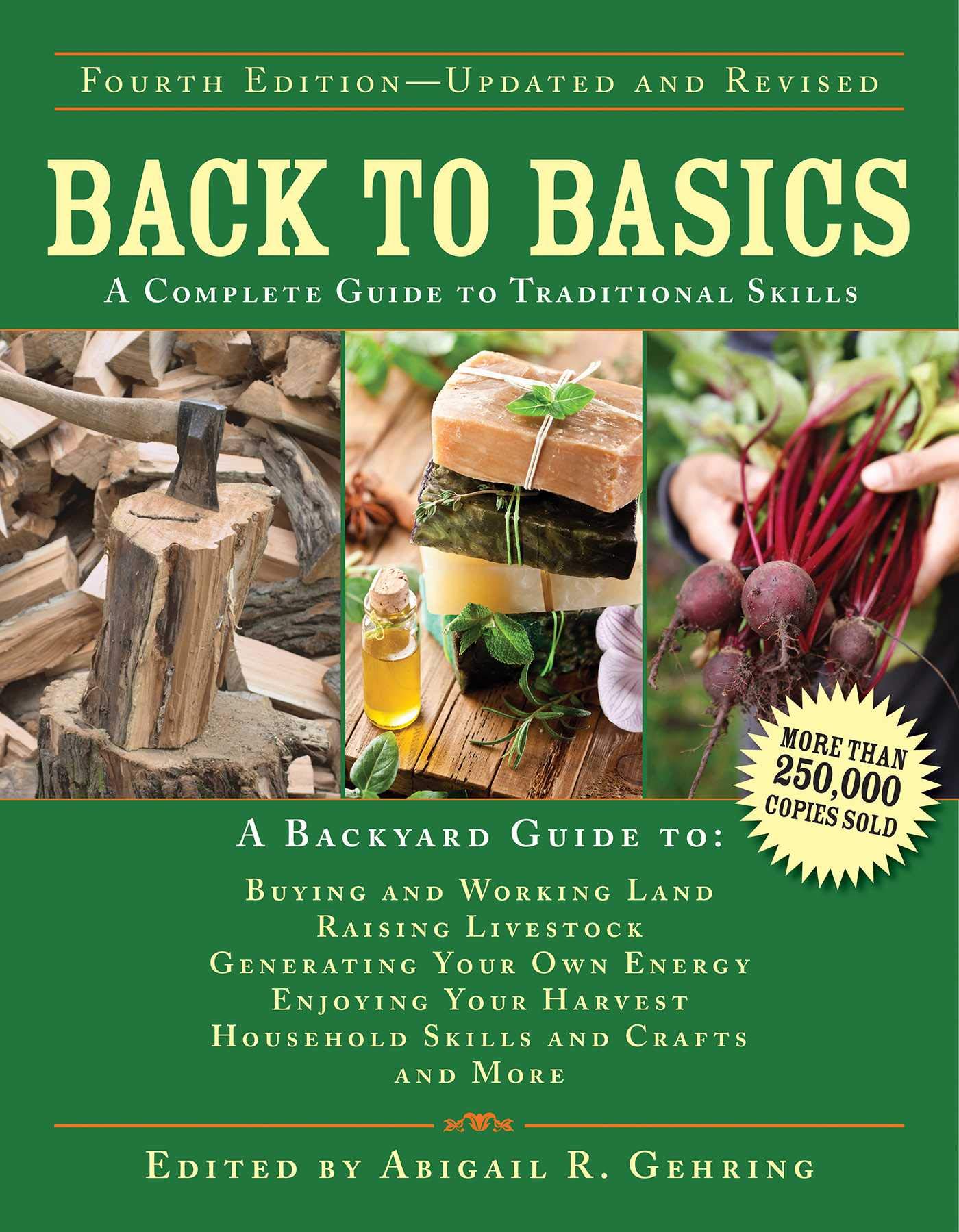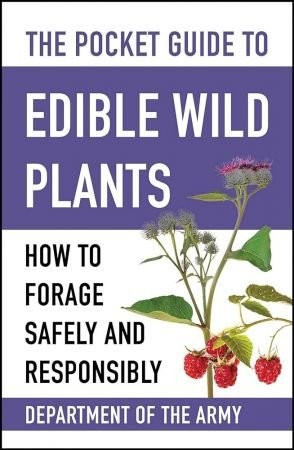
A well-stocked first aid kit is a cornerstone of any preparedness plan. Whether you’re dealing with minor cuts or life-threatening injuries, having the right supplies on hand can make all the difference. While pre-made kits are a convenient option, building your own allows you to tailor it to your specific needs and ensure it’s ready for anything—from everyday mishaps to mass casualty scenarios.
Here’s a detailed list of what to include in your comprehensive first aid kit, along with explanations of why each item is essential.
Essential Items for Your First Aid Kit
1. Trauma Supplies
- Tourniquet: For stopping severe bleeding in limbs.
- Hemostatic Gauze: Promotes blood clotting in deep wounds.
- Israeli Emergency Bandage: Combines a pressure dressing with a built-in bandage for quick application.
- Trauma Shears: For cutting clothing or bandages without risking further injury.
2. Wound Care
- Sterile Gauze Pads: For cleaning and covering wounds.
- Adhesive Bandages: For minor cuts and scrapes.
- Antiseptic Wipes: To disinfect wounds and prevent infection.
- Medical Tape: For securing bandages and dressings.
3. Fracture and Sprain Care
- SAM Splint: A lightweight, moldable splint for stabilizing fractures or sprains.
- Elastic Bandages: For wrapping sprains or securing splints.
4. Burn Care
- Burn Gel: Provides pain relief and promotes healing for minor burns.
- Mylar Thermal Blankets: For treating shock or hypothermia caused by severe burns.
5. Medications
- Ibuprofen: For pain relief and reducing inflammation.
- Antibiotics: For preventing or treating infections.
- Antihistamines: For allergic reactions or insect bites.
6. Personal Protection
- Nitrile Gloves: To protect yourself and prevent contamination.
- CPR Mask: For safe resuscitation during CPR.
- N95 Respirator Masks: For protection against airborne contaminants.
7. Hygiene and Sanitation
- Hand Sanitizer: For cleaning hands when water isn’t available.
- Tweezers: For removing splinters, ticks, or debris from wounds.
8. Miscellaneous Essentials
- Emergency Medical Cards: For recording vital information like allergies or medications.
- Essential Oils: For stress relief or minor ailments (e.g., lavender for calming).
- Insect Repellent: To prevent bug bites and reduce the risk of insect-borne diseases.
- Sunscreen: To protect against sunburn during outdoor emergencies.
Pre-Made First Aid Kits
If building your own kit feels overwhelming, pre-made options are a great alternative. Look for kits that include trauma supplies, wound care items, and medications. Some recommended options include:
- Adventure Medical Kits – Sportsman 200: A comprehensive kit for outdoor enthusiasts.
- EVERLIT Advanced Emergency Trauma Kit: Designed for serious injuries and emergencies.
Tips for Maintaining Your Kit
- Check Expiration Dates: Regularly replace expired medications and supplies.
- Customize for Your Needs: Add items specific to your family’s health conditions or activities.
- Store Properly: Keep your kit in a waterproof, durable container and store it in an easily accessible location.
Knowing How to Use Your Kit
Having a comprehensive first aid kit is only half the battle—knowing how to use it is just as important. Items like a tourniquet, splint, and hemostatic gauze require proper training to use effectively.
🔗 Brush up on your trauma care skills with our in-depth guide: Handling Traumatic Injuries in a Survival Situation.
Final Thoughts
A well-prepared first aid kit is more than just a collection of supplies—it’s a lifeline in an emergency. By including trauma supplies, wound care items, and medications, you’ll be ready to handle everything from minor injuries to life-threatening situations.
📌 For more in-depth guidance on medical preparedness, check out The Survival Medicine Handbook in our Survival Library.
Join the Conversation
💬 What’s in your first aid kit? Share your must-have items and tips in the comments below! 👇
Navigation: 🏠 Home | 📚 Library | More 🚑 Medical & First Aid
